Best Suburbs to Invest in Melbourne 2024
Industry News
Best Suburbs to Invest in Melbourne 2024
News
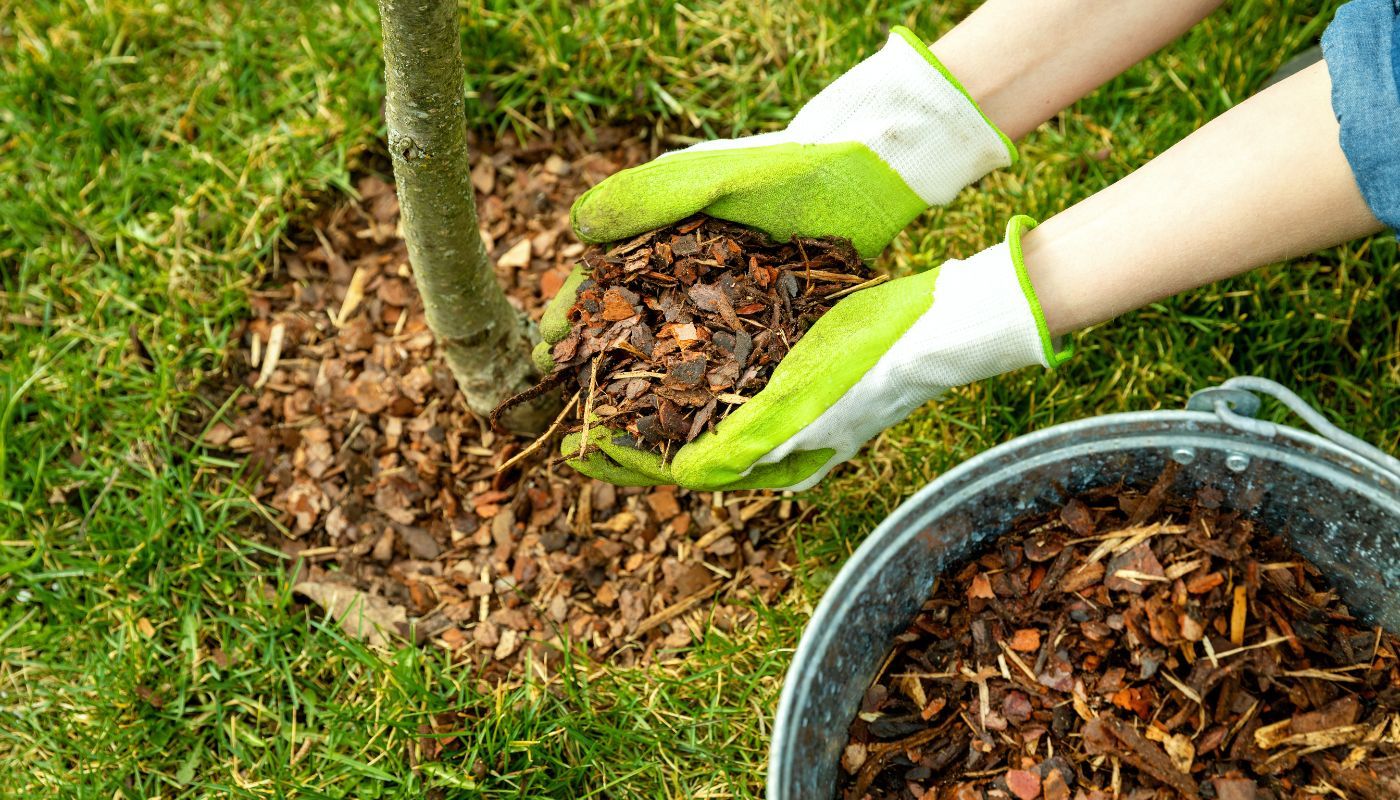
So, you’ve created your dream garden and now you’re ready to enjoy it.
As well as allowing yourself time to kick back and revel in your newfound outdoor space, it’s important to remember that there will still be some garden maintenance and upkeep to tackle to keep it looking at its best.
From lawns to plant care and productive gardens, being aware of the needs of your new garden will ensure you can keep it looking amazing year-in, year-out.
With the help of leading national landscape designer, LD Total, we’ve put together some general maintenance tips to ensure your new garden flourishes for years to come.
New Lawns
While weather conditions vary across Australia, all new lawns need extra care in the first few months until the roots are established, so ensure you water regularly and do not allow the ground to dry out.
“Where possible avoid using the area until the roots are established, so don’t go ahead with a kids party with jumping castles as soon as you have laid it,” LD Total says.
“You can have pets on new grass, just be mindful that they can be very playful and running around on it may disturb the turf and create pockets of air and uneven turf.”
Depending on the weather conditions and growth, a new lawn is generally ready for its first mow at around four weeks. The first mow should be a gentle trim and can happen when the blades of grass have grown by about 1/3 from when it was laid. Around this time, it’s also a good idea to fertilise your lawn.
During the establishment phase of new turf, try to keep leaf litter off the lawn as it may starve the grass of sun and cause fungal infections.
Establish Lawns
LD Total says the best rule for mowing is “mow little and mow often”. Harshly overcutting a lawn can make the lawn suffer and leave the roots exposed.
Different grass varieties need different care plans. For example, soft leaf buffalos should ideally be mown every 7-10 days during summer to a height of 15-20mm and in winter every 3-5 weeks to a similar height. For couch grasses, mow every 10-14 days during summer to a height of 10-12mm and every 3-5 weeks in winter, raising the mowing height to approximately 12-16mm.
The general rule of thumb is to not cut more than 1/3 of the leaf in one mow as it can shock the turf. LD Total advises waiting seven days in between mows if it needs to be cut further.
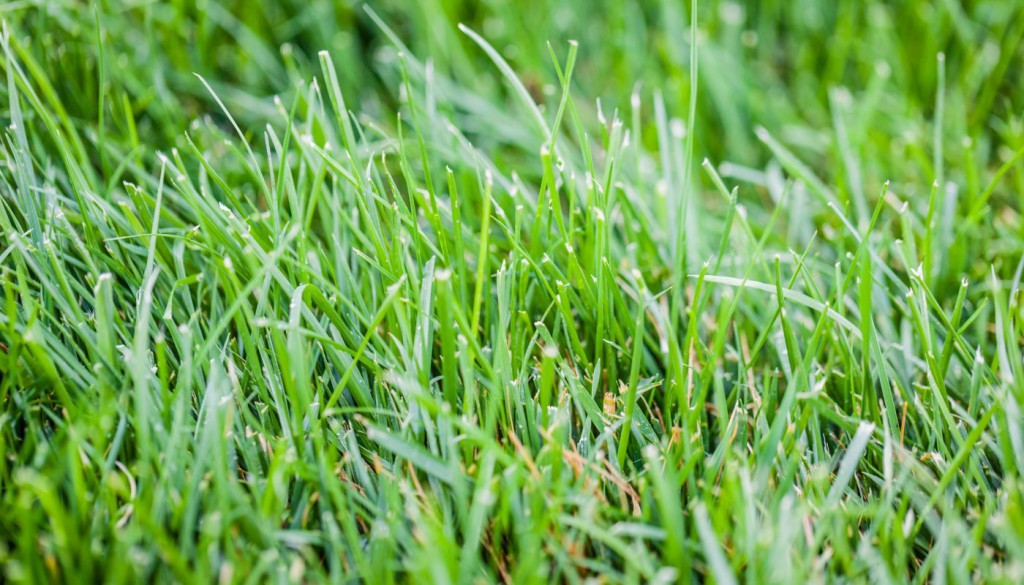
Artificial Turf
Most people believe artificial turf is the best way to have a blanket of green in your yard without onerous upkeep and regular mowing, but synthetic lawn still requires some maintenance.
A regular rinse will remove dust and a cross brushing with an outdoor broom will help the fibres of the grass stand up. For older artificial turf, a light application of white-washed sand can keep it looking fresh.
If there are some mild stains, a mix of water and mild household detergent rinsed over the area should clean it up and not damage the fibres. For tougher stains use mineral spirits, but it is best to test the solution on a small area first to avoid damaging the product.
All plants need some form of upkeep, and some more than others. As part of your regular maintenance, you should prune any diseased part of the plant to promote healthy growth.
Flowering plants respond well to a prune after blooming. For example, kangaroo paw can be cut off at the base to keep the plant looking neat and tidy. You can also trim the fan leaves back over winter as new groups of leaves will appear in spring. For agapanthus, the stem can be cut at the base once they have flowered to extend the flowering season.
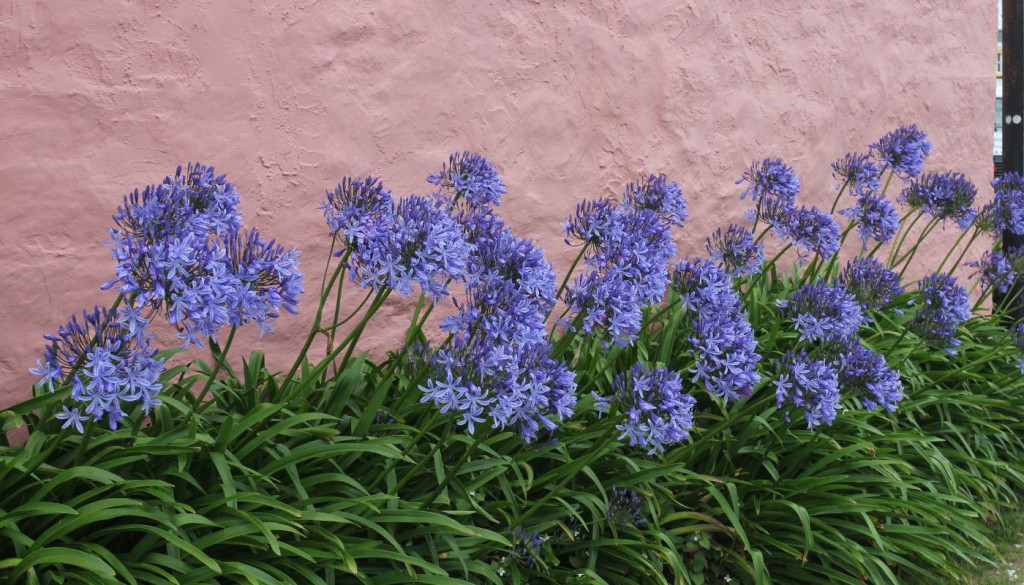
LD Total recommends regular inspections of plants to identify any pests or diseases early.
“Aphids love the new growth on roses, but it’s not a death sentence. A spray of white oil or similar will arrest the damage and allow the shrub to recover,” the landscaper says.
“In cooler climates, sooty mould can be an issue on small leaf dense plants, like hedging plants. Again, with regular checks you can identify these issues early and treat accordingly.”
In warmer climates like Perth and Brisbane, the frangipani and lilly pilly are popular plant choices, along with Callistemon (bottlebrush) with its bright flowers and dwarf murraya, which is a great hedge that bears small white flowers in summer.
For more tropical and humid parts of Queensland, the diosma is a common choice as a compact, round plant with pink flowers in winter and spring.
Successfully growing vegetables will greatly depend on your location.
But it’s also important to vary where they are planted and rotate crops to give your patch the best chance of a good yield year-on-year.
LD Total says different vegetable groups remove different nutrients from the soil so crop rotation is the best way to boost your prospects of a good harvest.
Rotations using the four vegetable categories as a guide may help your garden’s productivity. For example, leafy veggies such as lettuce, spinach, broccoli and cauliflower; root vegetables like carrots, potatoes, turnips and parsnips and fruit or flowering vegetables like cucumber, peppers and tomatoes. The legume family, including peas and beans, can be planted in cooler months across Australia and can return nutrients back to the soil.
There is a plethora of online resources that can provide advice about when to plant veggies for your particular location. LD Total suggests Penguin Books’ Australian Gardening Calendar, which provides a month-by-month breakdown of what to plant for your zone, whether you are temperate climate like Western Australia, a cooler region like Victoria or subtropical area like Queensland.
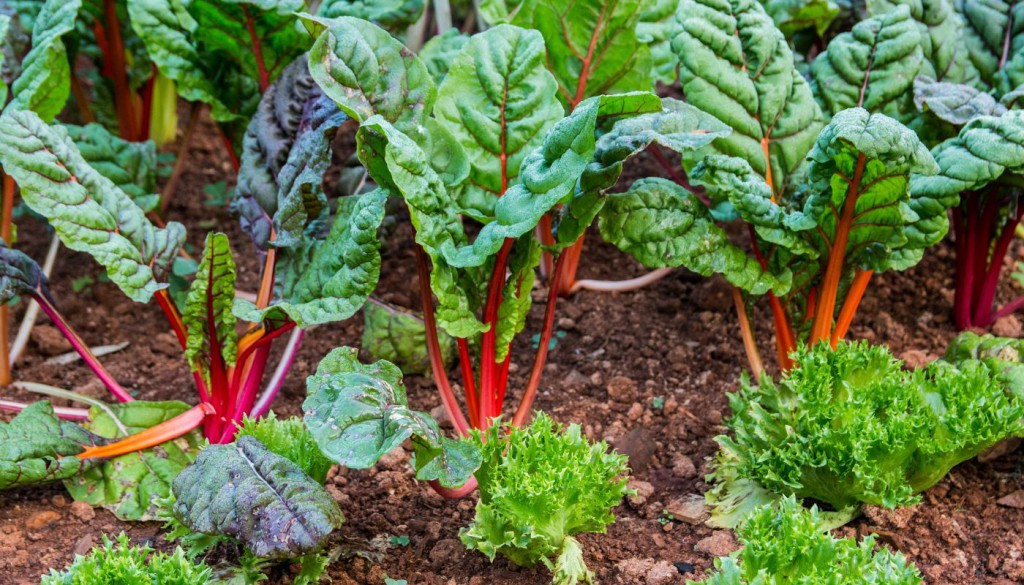
Australia’s hot, dry climate means having a drought-tolerant, waterwise garden is key to success. That means making time to fertilise, mulch and include a wetting agent in your set-up to help you make the most of your garden.
Fertiliser Feed
Fertilising is an essential part of lawn and garden maintenance and encourages healthy growth.
Fertilising turf should be undertaken twice a year – in autumn to protect it during winter and in spring to boost the growth and carry it through the hot summer months.
When it comes to fertilising your garden, it will depend on the type of fertiliser you choose. If you opt for a liquid fertiliser it will need to be applied fortnightly, while slow release fertilisers only need to be applied annually.
LD Total recommends organic fertilisers as they are not harmful to the environment if they leach down to the water table.
Wetting Agents
Before you use a wetting agent, it is important to determine if the ground is hydrophobic, which causes water to pool or run off rather than soaking into the ground.
Wetting agents allow water to penetrate soils more deeply to ensure the roots are adequately watered and should be applied two to three times during each watering season, either in a liquid or granular form.
Application should take place in late September, December and if it is a particularly long hot summer, again in February or March. Pouring a bucket of water on the ground will determine if you need to apply.
Mulch
Adding mulch to the top of your garden beds can help prevent the soil from drying out and reduce water use by up to 60%. Mulch can also prevent weeds and keep soil at a constant temperature.
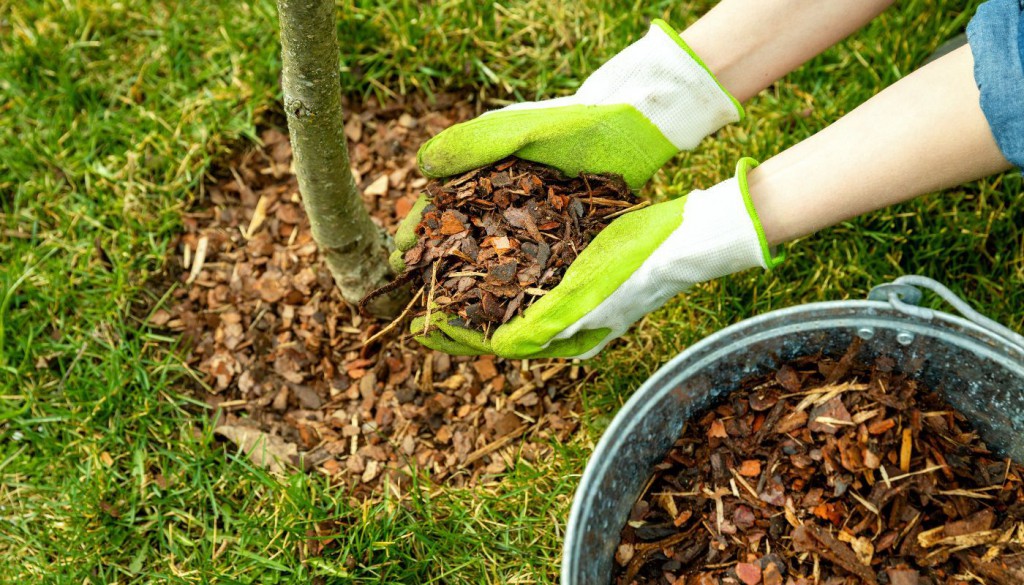
LD Total recommends the use of an organic black mulch with medium sized content, meaning it contains some elements that will break down quickly to add to the soil and larger bark fragments that allow water to penetrate.
Inorganic mulches such as pea gravel and pebbles can be used, but these do not break down and are less effective at keeping soil temperature constant.
Before you re-apply mulch, use a rake to loosen up any areas that have settled. If it has been some time since mulch was applied you may want to think about adding composted material first and mulch on top. This allows the compost to provide nutrients directly to plants, but provides a buffer to the mulch to ensure it does not draw nutrient from the soil.
Ideally, mulch should be a minimum thickness of 50mm and it is important to keep it away from the base of the plant by creating a well or basin to prevent rot.